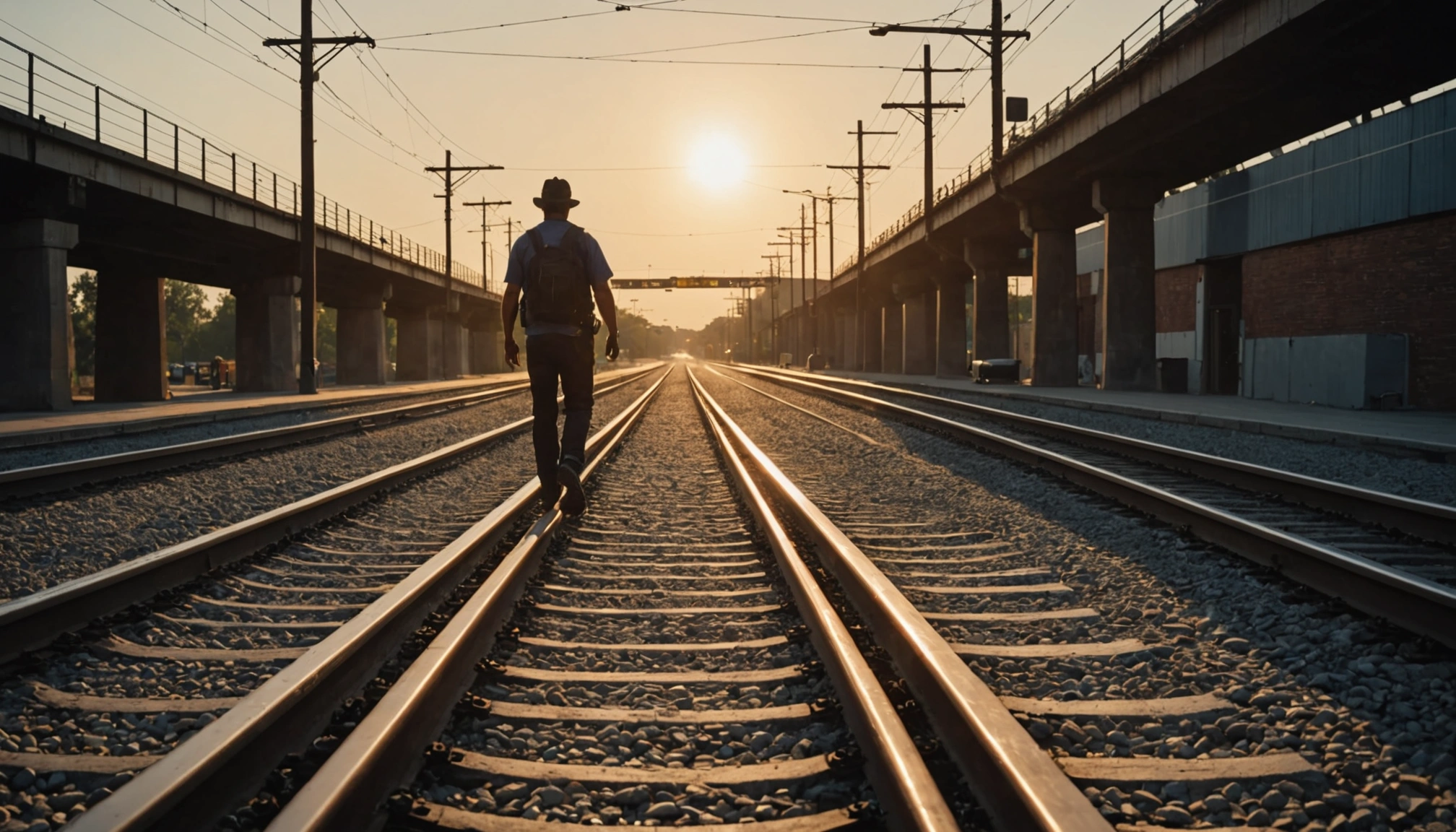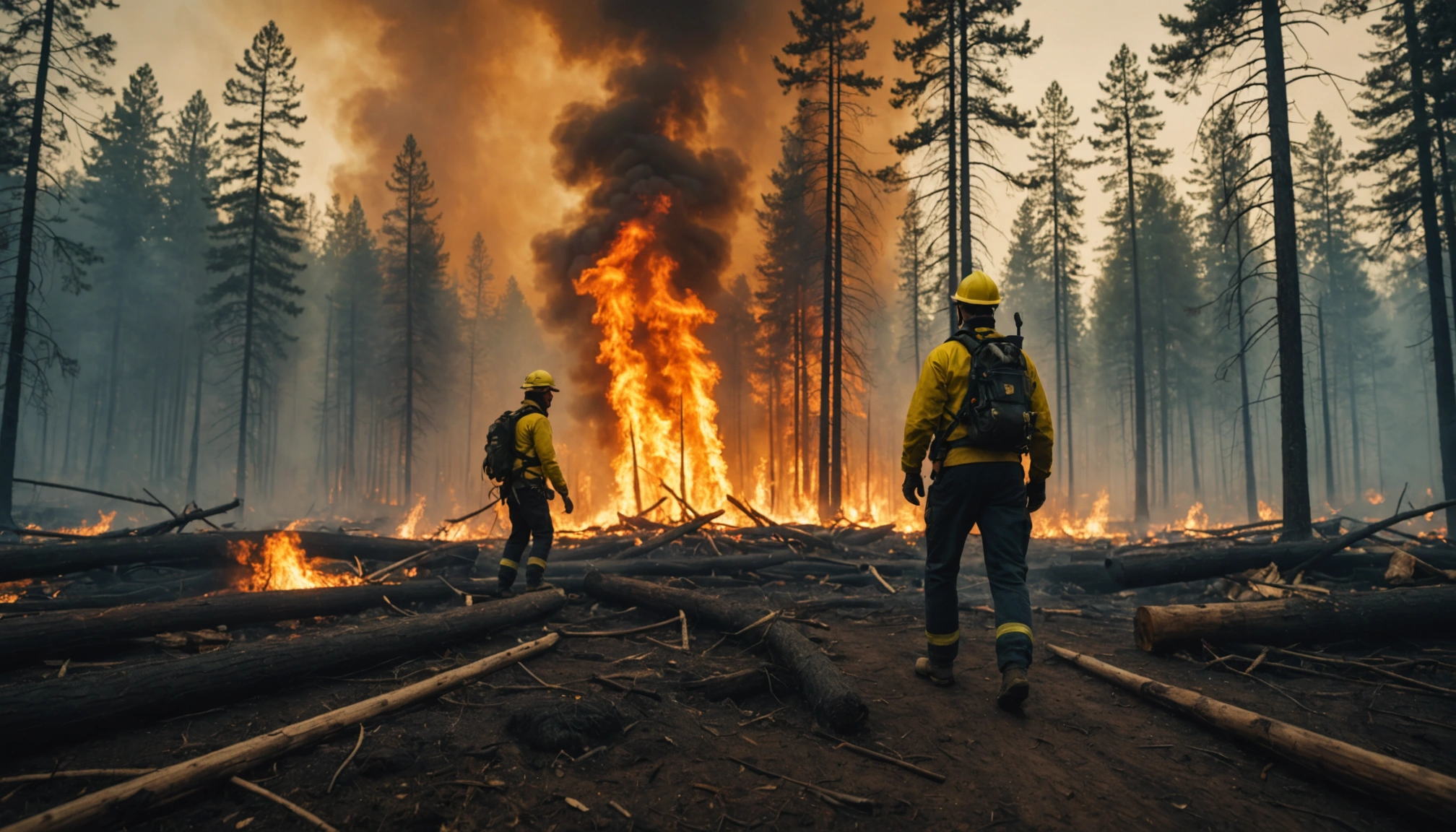Scorched Earth: Adapting Roads, Rails, and Bridges to Withstand Extreme Heat

As global temperatures continue to climb, the infrastructure that underpins modern society – roads, rails, and bridges – faces an unprecedented threat. Extreme heat is no longer an abstract future concern; it's a present-day reality, deforming roadways, buckling rail lines, and stressing bridge joints, demanding urgent and innovative adaptation strategies. The resilience of these vital networks is crucial for maintaining trade, transport, and everyday life.
The Heat is On: How Extreme Temperatures Impact Infrastructure
The effects of extreme heat on transportation infrastructure are multifaceted and far-reaching. Asphalt roads, particularly those not designed for high temperatures, are prone to rutting, cracking, and even melting. As the binding bitumen loosens, heavy traffic can cause permanent deformation of the road surface. Rail lines, typically constructed of steel, are susceptible to expansion and buckling under intense heat, leading to delays and, in extreme cases, derailments. Bridges, often built with expansion joints to accommodate temperature fluctuations, face challenges when these joints become clogged with debris, preventing proper expansion and causing structural stress.
Kristina Dahl, Principal Climate Scientist at the Union of Concerned Scientists, notes that asphalt can deform or buckle when it's extremely hot, making road transportation difficult. Similarly, rails can deform and buckle, and overhead electric lines can sag, causing problems for trains. Airplanes also face challenges, as hot air expands and becomes less dense, making it harder for them to achieve the necessary thrust for takeoff.
The Boston Consulting Group (BCG) identifies transport infrastructure as having the highest worldwide exposure to climate risks. This exposure manifests in reduced road and airport runway traction, deformed rail tracks, expanded bridge joints, accelerated aging of infrastructure, and increased maintenance needs.
Innovative Materials and Design for Heat-Resilient Roads
Combating the impact of extreme heat on roads requires a shift towards innovative materials and design approaches. Heat-reflective coatings and "cool pavements" are gaining traction as effective solutions. These pavements absorb less solar energy than traditional asphalt, reducing surface temperatures and mitigating the urban heat island effect. Unlike petroleum-based asphalt, cool pavements often utilize clear, tree-based resins, offering a more reflective surface. A mix of colored asphalt and light-colored concrete can also help.
Miami, led by Chief Heat Officer Jane Gilbert, is testing reflective surface technologies on roads, playgrounds, and parking lots. These include solar-reflective sealants and enhanced coatings designed for durability in Miami's humid climate. Monitoring data shows that treated surfaces stay up to 10 degrees Celsius cooler than untreated asphalt, reducing ambient temperatures in surrounding areas.
Other strategies include modifying bitumen with polymers and additives to enhance its thermal stability, and incorporating geosynthetics like geotextiles and geogrids to distribute loads more evenly and prevent deformation. Proper drainage systems are also essential to prevent water infiltration, which can weaken asphalt and make it more susceptible to heat damage.
Keeping Trains on Track: Adapting Railways to Rising Temperatures
For railways, adapting to extreme heat involves a combination of preventative measures and operational adjustments. Painting rails white is a common strategy, as it reduces heat absorption and expansion. Network Rail in the UK has adopted this approach, noting that white rails can stay up to 10 degrees Celsius cooler.
Suyun Paul Ham, Associate Professor of Civil Engineering at the University of Texas, suggests using heat-resistant materials such as hard martensite rail steel to reduce expansion risk. Stretching railway tracks with hydraulic "tensor" machines during installation is another method to prevent buckling.
In Washington, D.C., the Metro train system reduced its maximum speed to 35 mph when rail temperatures exceeded 135 degrees Fahrenheit in the summer of 2024 to avoid derailment. This highlights the need for operational flexibility and proactive monitoring during extreme heat events.
Network Rail also remotely monitors equipment at key sites and uses drones with thermal-imaging cameras to identify overheating infrastructure. This allows for targeted interventions and prevents failures before they cause delays.
Bridging the Gap: Ensuring the Longevity of Bridges in a Warmer World
Bridges face unique challenges in a warming climate, primarily due to thermal expansion and the deterioration of expansion joints. A 2019 Colorado State University study estimates that a quarter of the bridges in the U.S. could suffer section collapses by 2040 due to rising temperatures.
Researchers at Rutgers University are simulating bridge deterioration by exposing structures to rapid temperature fluctuations to design bearings that can absorb larger movements without malfunctioning. Regular on-site inspections during and after extreme temperature events are also crucial for preventing structural stresses.
Miami and Athens are mapping heat vulnerability to prioritize interventions where needed most. Early findings show that reflective surfaces can lower pavement temperatures by up to 12 degrees Celsius, improving thermal comfort for pedestrians and reducing nearby building heat loads.
The Cost of Inaction: Economic and Social Implications
The failure to adapt transportation infrastructure to extreme heat carries significant economic and social consequences. Damaged roads, delayed trains, and grounded airplanes can disrupt supply chains and hinder travel. Power outages, often exacerbated by heat waves, can knock out essential services, putting vulnerable populations at risk.
A 2023 study projects that the annual number of days with a heat index above 100 degrees Fahrenheit will double, and days with a heat index above 105 degrees Fahrenheit will triple, nationwide, when compared to the end of the 20th century. This increase in extreme heat events will further strain infrastructure and increase the risk of heat-related illnesses and deaths.
The cost of U.S. road maintenance and repairs due to rising temperatures could reach $26 billion by 2040, and the overall cost of extreme heat to the U.S. economy is estimated at $100 billion annually. These figures underscore the urgent need for proactive investment in climate-resilient infrastructure.
A Call to Action: Building a Heat-Resilient Future
Adapting roads, rails, and bridges to extreme heat is not merely a technical challenge; it's a societal imperative. Governments, engineers, and urban planners must collaborate to develop and implement comprehensive strategies that prioritize resilience and sustainability. This includes investing in innovative materials, adopting proactive maintenance practices, and incorporating climate change considerations into infrastructure design and planning.
Cities like Miami, Athens and Freetown are demonstrating how targeted interventions, such as reflective coatings, urban forestry, and low-cost cooling solutions, can mitigate the impact of extreme heat and improve the quality of life for residents.
As the world continues to warm, the ability of our transportation infrastructure to withstand extreme heat will be a critical factor in ensuring economic stability, public safety, and overall societal well-being. By embracing innovation and prioritizing resilience, we can build a future where our roads, rails, and bridges remain safe and reliable, even in the face of a changing climate.
Related Articles

Iberian Peninsula Blackout: A Wake-Up Call for Renewable Energy Infrastructure

